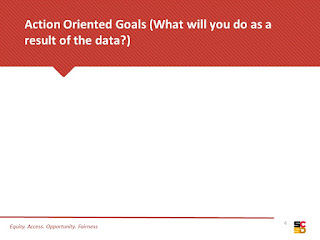Planning and implementing hands-on, minds-on learning experiences is different from opening a teacher's manual and writing down the page numbers. It takes a deep understanding of both the standards and your students. Creativity needs structure - and hands-on, minds-on learning experiences need structure in order to have a sense of freedom. Giving the freedom for your students to explore, create, question, and fail can be scary and it requires a classroom community that values risk-taking and a growth mindset.
Are you thinking about incorporating more hands-on, minds-on learning experiences in your classroom? Here are some tips to help you get started:
- Plan tasks with multiple entry points. Having multiple ways to solve a problem or having tasks that build on solving problems allows students to see connections in what they are learning and explore possibilities rather than just solve for right answers.
- Assign roles. Giving students roles helps them to engage and provides structures for the problem solving.
- Start with the end in mind. Know what skills students will need in order to solve the problem in order to build those skills into the instruction and practice that you provide.
- Teach kids how to fail. Teaching kids to have a growth mindset helps them understand that problem solving isn't just about finding the right answers - it's about learning and growing.
- Use the real world. Multi-digit addition and subtraction is far more interesting to students when they have a real world problem to solve. Below, students are determining what they would eat if they had 800 calories and had to have a healthy diet. Multiple solutions, real world problem, and excitement about math!




































